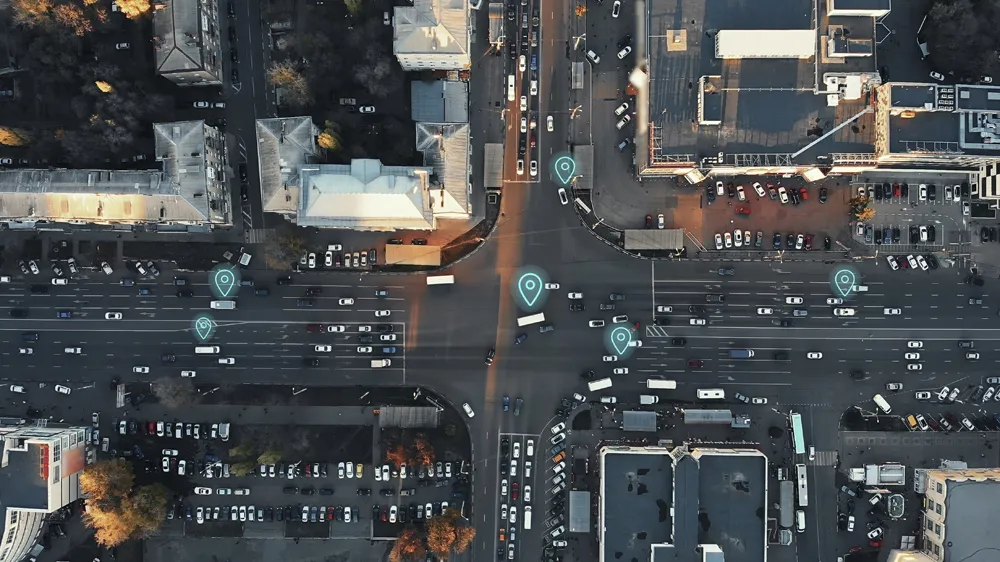“Early adopters are expected to take up a hybrid solution to enable C-ITS, which is expected to transition to a purely cellular-based solution in the long-term,” said Mobility Analyst Siddhanth Kumaramanickavel. “Automotive OEMs prefer to provide consumers with ‘Day 1’ or immediate use cases. V2V and V2I (vehicle to infrastructure) technologies require sufficient proliferation to yield benefits.”
The report, Global Automotive Vehicle-to-everything (V2X) Communication Market, provides a detailed look at V2X projects in the pilot testing stage in the US and various European countries. The study explores growth opportunities for OEMs such as
Initiatives such as setting up a C-ITS corridor across Germany, Austria and the Netherlands, and the Ann Arbor Safety project, demonstrate that countries are proactively shifting from the traditional dissemination of information to a cooperative environment, where two vehicles can directly communicate with each other.
“Governments investing in V2X are expected to see clear gains in the reduced consumption of fossil fuels leading to lower emissions,” explains Kumaramanickavel. “Similarly, telecom providers see a lucrative opportunity to extend their presence in the automotive segment.”
Automotive OEMs ‘prefer a hybrid approach to power C-ITS’
The growing demand for road safety and efficient mobility is driving the adoption of cooperative intelligent transportation solutions (C-ITS) and a key enabler of C-ITS is Vehicle-to-X (V2X) communication, says Frost & Sullivan. It supports the exchange of information between vehicles, infrastructure and other road users, such as pedestrians. Vehicle-to-vehicle (V2V) communication is enabled using 802.11p (DSRC or ITS-G5) or cellular technology. 802.11p is a proven technology; however, it is not future proo
May 25, 2017
Read time: 2 mins
The growing demand for road safety and efficient mobility is driving the adoption of cooperative intelligent transportation solutions (C-ITS) and a key enabler of C-ITS is Vehicle-to-X (V2X) communication, says 2097 Frost & Sullivan. It supports the exchange of information between vehicles, infrastructure and other road users, such as pedestrians. Vehicle-to-vehicle (V2V) communication is enabled using 802.11p (DSRC or ITS-G5) or cellular technology. 802.11p is a proven technology; however, it is not future proof. Cellular promises advanced features, but they are relatively unproven.







